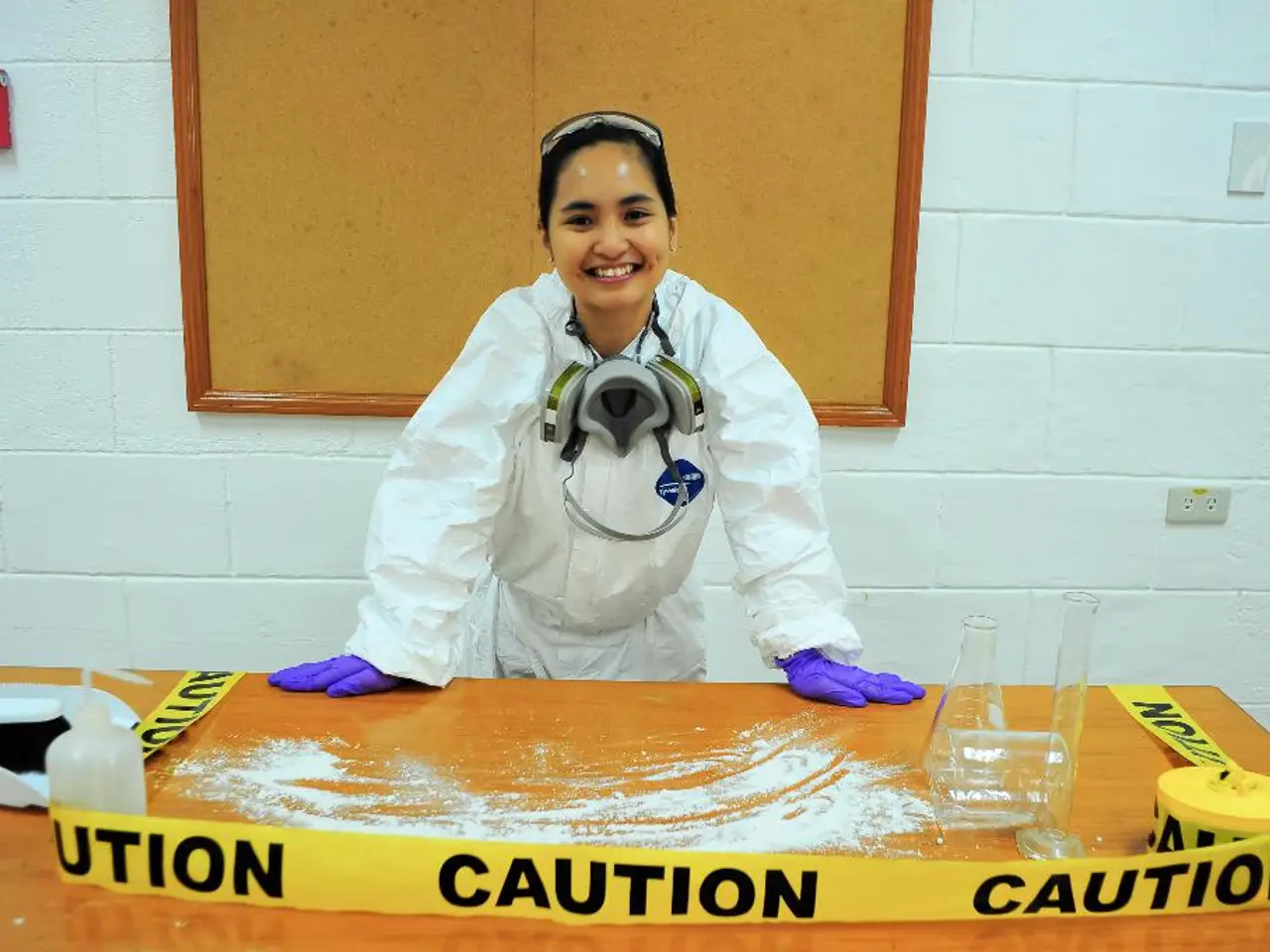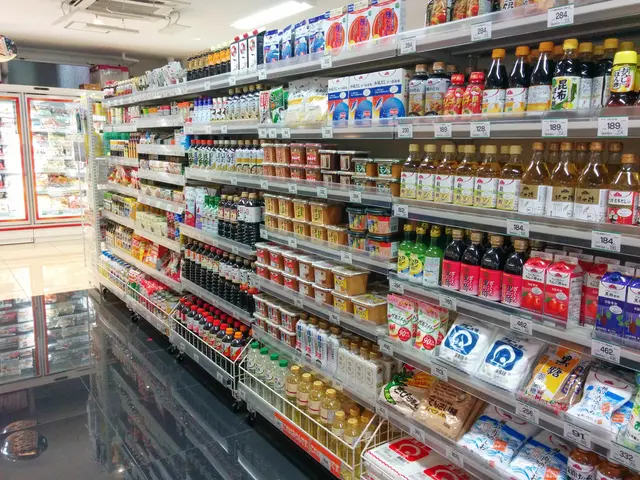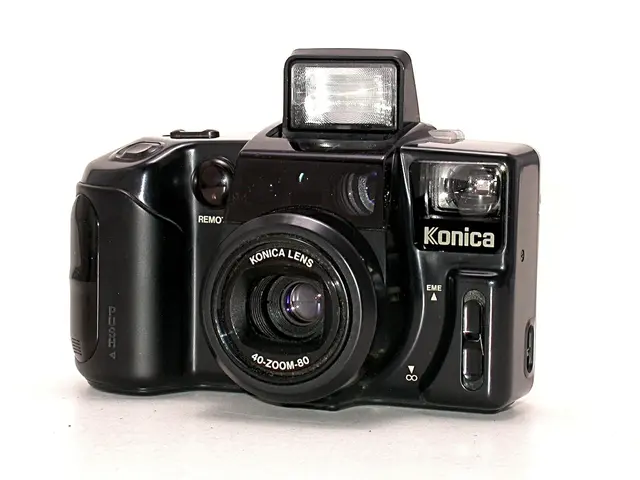Quick and Simple 5-Minute Science Experiments for Children to Explore
For parents and educators looking for a fun and interactive way to introduce science concepts to young learners, here are 20 easy and exciting 5-minute science experiments suitable for grades K-5. These hands-on activities, designed to be visually engaging, effectively illustrate fundamental scientific principles such as static electricity, chemical reactions, surface tension, fluid dynamics, density, and buoyancy.
1. **Static Electricity with a Comb and Paper** - Cut colored paper into small pieces and spread them on a table. - Rub a plastic comb against your hair multiple times to create a static charge. - Hold the comb over the paper pieces and watch them jump up and stick to the comb. **Concept:** Introduces static electricity and friction causing electron transfer.
2. **Dancing Rice Experiment** - Dissolve a teaspoon of baking soda in a cup of water. - Sprinkle rice into the solution — rice sinks due to density. - Add a teaspoon of vinegar, and watch the rice move up and down as carbon dioxide bubbles form and lift the rice. **Concept:** Demonstrates chemical reactions producing gas and density effects.
3. **Color Changing Milk** - Pour milk into a shallow dish, add drops of food coloring. - Touch the surface with a soapy Q-tip and watch colors swirl. **Concept:** Shows surface tension, color mixing, and how soap affects fat molecules in milk.
4. **Tornado in a Bottle** - Fill a plastic bottle with water and a bit of soap. - Swirl the bottle to create a vortex resembling a tornado. **Concept:** Demonstrates fluid dynamics and weather phenomena.
5. **Oil and Water Fireworks in a Glass** - Fill a glass with water, add oil on top, then drop in food coloring. - Watch how food coloring droplets pass through oil and create colorful patterns. **Concept:** Illustrates immiscible liquids and density differences.
6. **Sink or Float Challenge** - Gather various small kitchen items. - Ask kids to predict and then test whether each item sinks or floats in water. **Concept:** Teaches density and buoyancy.
And the list goes on, with experiments such as the Egg in a Bottle demonstrating air pressure and temperature changes, the Skittles Rainbow experiment showcasing solubility, the Rubber Band Sound Experiment introducing sound waves, and the Soap-Powered Boat experiment demonstrating soap's ability to reduce water's surface tension.
Each experiment is easy to set up with everyday materials, making them accessible for families and classrooms. So, gather the supplies, invite the children, and embark on a fun journey into the world of science!
[1] https://www.sciencekids.co.nz/experiments/static-electricity.html [2] https://www.sciencekids.co.nz/experiments/milk-colour.html [3] https://www.sciencekids.co.nz/experiments/sink-float.html [4] https://www.sciencekids.co.nz/experiments/oil-water.html
- Slime-making with Glue and Borax - Mix water, glue, and salt, then add borax to make a stretchy, non-Newtonian fluid. - Kids can play with the slime and observe its texture changes based on the applied force. Concept: kids can learn about polymers and viscosity.
- Rock Candy Crystals - Dissolve sugar in boiling water, add food coloring, and pour into glass containers. - Over time, crystals will form on the string dipped inside. - Kids can monitor the growth process while learning about the process of crystallization. Concept: teaches kids about crystallization and solution saturation.
- Butterfly Art - Have kids paint a caterpillar on construction paper with non-toxic paints. - Cover the painting with another sheet of construction paper. - Apply rennet to create wings on the caterpillar, revealing the colorful design beneath. Concept: introduces art and chemistry in a fun and engaging way for kindergarten children, helping them to kick-start their education-and-self-development journey in science.




